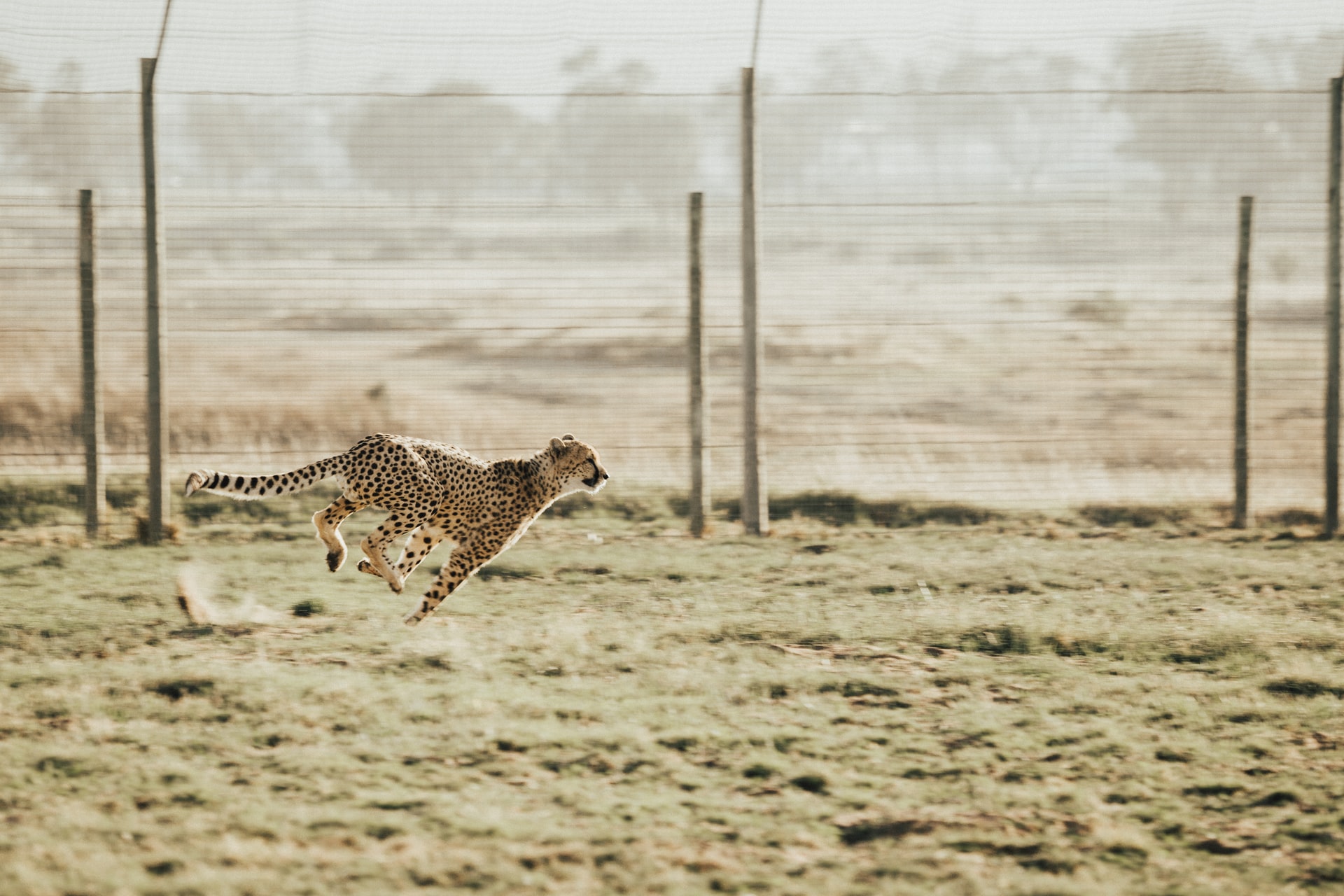News
Not so fast: why India’s plan to reintroduce cheetahs may run into problems

Cheetahs once roamed across much of India and the Middle East, but today the entire Asian cheetah population is confined to just a few dozen animals in remote regions of Iran. (File photo: Cara Fuller/Unsplash)
A nature reserve in India could soon be the only location in the world to host wild populations of four major big cat species – tiger, lion, leopard and cheetah. Kuno-Palpur, in central state of Madhya Pradesh, may not be one of India’s best-known sanctuaries but it is certainly becoming one of its most controversial. In early 2020, the country’s supreme court agreed that wildlife authorities there could reintroduce the cheetah to India, 70 years after its local extinction.
Cheetahs once roamed across much of India and the Middle East, but today the entire Asian cheetah population is confined to just a few dozen animals in remote regions of Iran. The reluctance of the Iranian authorities to part with any of these rare creatures has led India farther afield in its attempts to secure a founder population. Currently, the favoured option is African cheetahs available from Namibia, which has the world’s largest population.
Kuno-Palpur was identified as the preferred location for India’s relocation programme as it has large grasslands, ideally suited to the cheetah’s need to build up speed without worrying about trees or other obstacles. These grasslands were formed, in large part, through the removal of villages and rewilding of agricultural land to make way for the relocation of the Asiatic lion.
The Asiatic lion is itself an endangered species. Like the Asian cheetah it was once common right across India and the Middle East, but it now only survives as a single population of almost 700 in Gir Forest, a national park in the state of Gujarat, western India. Fears that a single disruption event – such as a disease outbreak or poaching epidemic – may be sufficient to consign the entire species to extinction, prompted the search for a second home for these big cats. This search ended in the identification of Kuno-Palpur, almost 30 years ago.
In 2016 India’s supreme court, citing unacceptable delays, ordered the lion relocation process to be completed within six months. At the same time, the court dismissed a parallel application for the reintroduction of cheetahs, reasoning that it would be paradoxical to elevate the claims of an exotic subspecies (African cheetahs) over those of an endemic (Asiatic lions).
Today there are still no lions in Kuno-Palpur, although it does retain a stable leopard population. This non-compliance has been widely attributed to parochial politics, wrapped up in what has been described as Gujarati pride. Despite the fact that all wildlife is deemed a national resource under the Indian constitution, Gujarat appears determined to hold on to its state monopoly on the creatures.
Then, in early 2020, the court made an unexpected U-turn and gave the green light for cheetah reintroduction to begin. Some experts questioned the science behind the decision. For example they point out that the cheetah is a wide-ranging species, known to travel across areas up to 1,000 sq km in a single year. Indian parks tend to be much smaller than those in Africa, offering less chance for such free movement.
And, while the habitat is currently suited to cheetahs – and lions – some fear that it may ultimately evolve into dry, scrubby forest more suited to tigers.
There is also credible evidence that tigers are already dispersing to Kuno-Palpur as animals from a reserve in neighbouring Rajasthan seek to escape territorial over-crowding. This suggests there is a functioning wildlife corridor between the two reserves, a stated priority for Indian conservation.
This is not a simple issue to resolve. As the supreme court is increasingly called upon to adjudicate between the various factions, so these conundrums are likely to intensify in the future. There is no science available currently to suggest that cheetahs, lions, tigers and leopards can coexist comfortably in the same habitat. It has never occurred anywhere else before, so there is no real-life experience to draw upon.
In my research for a forthcoming book on tigers I found India’s wildlife is becoming increasingly commercialised and much of what we accept as rational conservation can just as easily be viewed through an economic lens – one that reflects the benefits of tourism. On the surface, the cheetah scheme feels more like a vanity project than a conservation imperative; no doubt a boon for wildlife tourism but maybe also a presenting a threat of intra-species and human-wildlife conflict.![]()
Simon Evans, Principal Lecturer in Ecotourism, Anglia Ruskin University
This article is republished from The Conversation under a Creative Commons license. Read the original article.





















